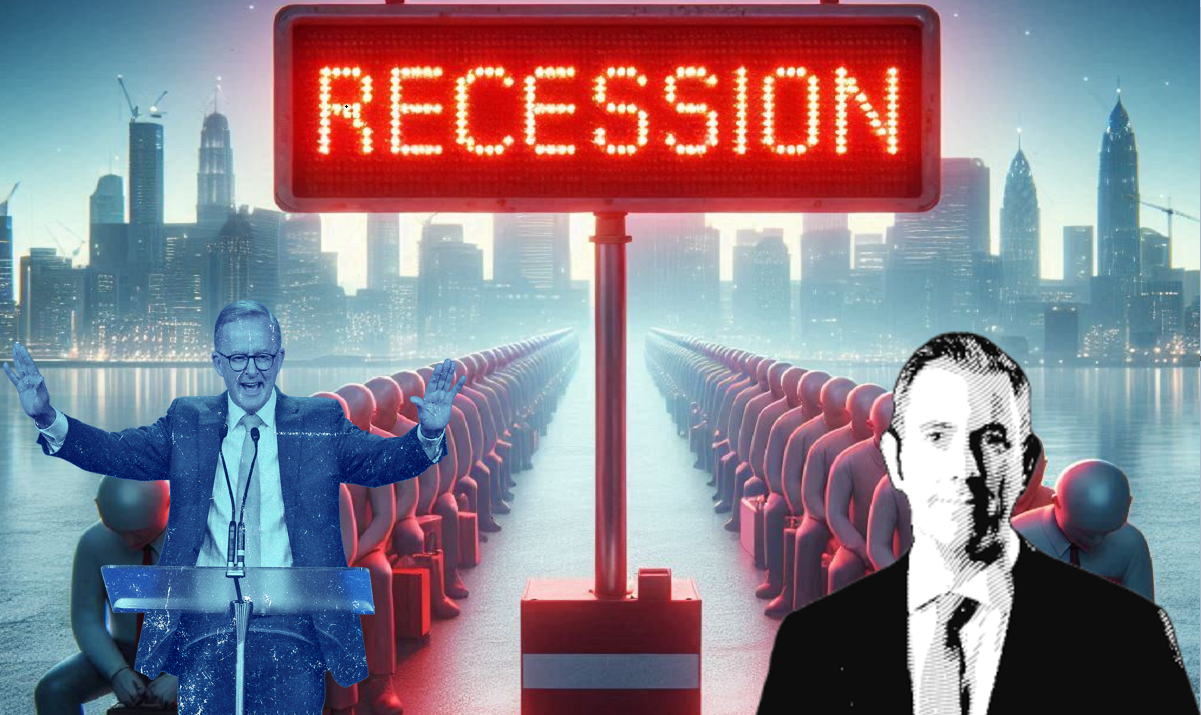Australia’s unemployment rate remains steady in August at 4.2 per cent

- by Admin
- September 19, 2024
Australia’s national unemployment rate remained steady in August at 4.2 per cent.
The number of employed people grew by 47,500, and the number of unemployed people declined by 10,500, in seasonally adjusted terms.
According to the Bureau of Statistics (ABS), the unemployment rate remained at 4.1 per cent in trend terms, for the third consecutive month.
Reserve Bank officials have recently said Australia’s labour market probably needs to “loosen” a bit further before the economy is back into better balance and inflation is under control.
The news of Australia’s steady unemployment rate comes after the US Federal Reserve cut interest rates by 0.5 percentage points overnight, its first rate cut in four years, to prevent US unemployment rising too much.
But ABS data shows Australia’s labour market is still operating very close to recent historical tightness.
The participation rate remained at a record high 67.1 per cent last month.
The employment-to-population ratio lifted slightly, to 64.3 per cent, so it’s now sitting just below its record high of 64.4 per cent.
“The high employment-to-population ratio and participation rate shows that there are still large numbers of people entering the labour force and finding work, as employers continue to look to fill a more than usual number of job vacancies,” said Katie Lamb, ABS head of labour statistics.
Economy still creating lots of ‘high-paying jobs’
The rise in employment of 47,500 people in August was above economists’ expectations.
The employment gains were concentrated in part-time positions (+50,600 people) last month, with full-time positions declining a little (-3,100).
However, since December last year, of the 310,900 people who have become employed, 241,400 of those have been employed full-time.
That means full-time jobs still account for 77 per cent of the employment gains this calendar year.
Callam Pickering, Asia Pacific economist at global site Indeed, says Australia’s economy is still creating “a lot of quality high-paying jobs.”
But he also thinks the labour market will continue to slowly loosen from here, as the Reserve Bank expects.
“We expect the unemployment rate to rise further over the remainder of the year, with strong employment gains not quite keeping pace with population growth,” he said.
He said the data suggested the Reserve Bank will be happy to maintain a “tightening bias,” rather than consider any rate cuts for a while.
“Our view is that the RBA is likely to maintain a tightening bias until they see sufficient progress with regards to service sector inflation and a considerable pick-up in productivity growth,” he said.
“The trigger for a rate hike — or even a rate cut — will be a significant deviation from forecasts for the major economic measures, such as the unemployment rate or inflation.
“If those measures remain broadly consistent with the RBA’s forecasts then the RBA will probably be happy to muddle along, rather than taking firm action,” Mr Pickering said.
It’s a ‘nuanced’ story about the economy
Earlier this month, ABS data showed that Australia’s economy has been slowing down considerably.
In the June quarter, the economy’s annual growth rate was just 1 per cent. It was the slowest growth rate since the early 1990s recession, excluding the COVID-19 pandemic period.
In that context, BDO economics partner Anders Magnusson says the August employment data are telling a “nuanced story” of the current economic landscape.
“The labour market continues to soften in line with the RBA’s December quarter forecasts, with underemployment slowly increasing while job vacancies have been declining and the number of Australians holding multiple jobs has been decreasing,” he said.
“Flat household spending is not the sole driver of this softening. Changes to labour supply are also having an impact.
“A soft landing for our economy is likely, especially given the experiences of our peer countries.
“The US Federal Reserve’s larger than expected interest rate cut has been framed as retaining the benefits of a strong labour market but that should not influence the RBA to cut rates sooner.
“I think it is unlikely that the RBA will implement interest rate cuts until 2025 to avoid any possible spike in inflation triggered by increased household spending,” Mr Magnusson said.
Loading
The Latest News
-
December 23, 2024‘Got some good bants’: Hilarious stump mic warning as Konstas plots secret Bumrah counter
-
December 23, 2024Former AFL player Aaron Shattock fighting for life after excavator accident
-
December 23, 2024Naomi Osaka questions Nike in statement regarding Australian Open outfits
-
December 23, 2024Aussie NFL Wrap-up: How did Jordan Mailata, Tory Taylor, and more perform in Week 16? | Sporting News Australia
-
December 23, 2024Australia Post customer lashes out over ‘scam’ hurting small businesses: ‘So frustrating’





